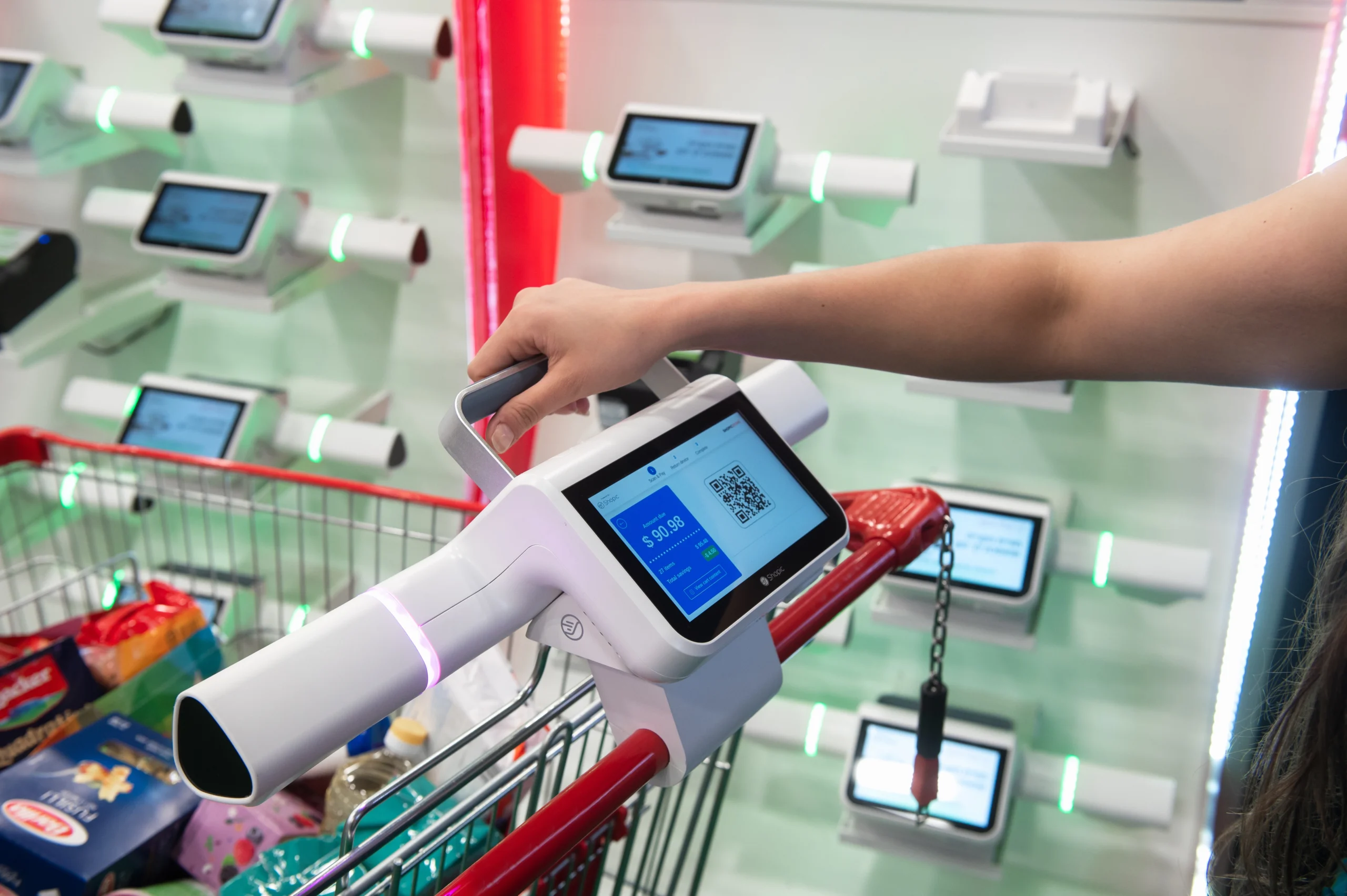It’s easy for supermarket managers to get caught up in the excitement of smart carts. “Build a better mousetrap,” Ralph Waldo Emerson wrote, “and the world will beat a path to your door,” and by far, the smart cart is a better mousetrap. It eliminates lines, offers better promotions, and delivers a superior shopping experience. Logic dictates that customers will use a better shopping cart.
However, for many consumers, switching to a smart cart is hard. Many people take an “If it ain’t broke, don’t fix it” approach to staples like the shopping cart, which hasn’t changed much since the 1950s. They understand the traditional shopping cart and have a hard time seeing how adding a screen and some electronics to the cart is going to make their shopping experience any better.
This attitude is in line with the technology adoption lifecycle. For every new technology, there are Innovators, Early Adopters, the Early Majority, Late Majority, and Laggards. We can assume Smart carts have been adopted by innovators and early adopters wherever they’ve been deployed. To reach critical mass, supermarkets need to appeal to the Early Majority, which makes up 34% of the market. They are more cautious and risk averse, but once they see value in the technology, they tend to try it.
As supermarkets invest in smart carts, it’s important for them to encourage adoption by the Early Majority. The big question is, How?
Friction makes adoption difficult. If smart carts included a transmission and users had to learn how to drive the cart before using one, it would increase friction and reduce adoption. Fortunately, smart carts don't add friction to the shopping experience.
Store managers need to show users how easy the cart is to use. Consumers need to see that they don’t need to learn any new skills or behaviors. They simply take items off the shelves and place them in the cart.
In-store step-by-step signage at the entranceway could spur adoption, as will having friendly staffers who help reticent shoppers see how easy it is to use.
Skim through a few articles covering the benefits of online shopping, and nearly every one will point out that there are no lines in cyberspace. A few years ago, Forrester Research found that checkout lines were third in influencing a shopper’s decision of where to buy groceries, behind only price and location.
Smart carts should be an easy choice for consumers who wish to avoid standing around and waiting at the end of their shopping trip. As part of your smart cart promotional campaign, skipping the line is a critical message that can’t be overstated.
Consumers love saving money while they shop. Smart carts, with their in-context offers based on geolocation and items already in the cart, provide the perfect pick-me-up as shoppers walk the aisles – an opportunity to save money.
While consumers may not be excited to know the AI technology and psychology behind those promotional offers, store managers can easily promote the idea that using a smart cart can help them get discounts even if they didn’t bring any coupons with them.
Smart carts were first introduced to the market in Canada in 2019. Since then, they have helped improve the shopping experience on nearly every continent. Innovators and Early Adopters have enjoyed their line-free shopping experience, and slowly the Early Majority is catching on.
As store managers continue to promote their new-age shopping experience, they should remind consumers of this fact. The shopping experience with the smart cart is still about walking down brightly lit, colorful aisles, choosing items, and placing them in the cart. The only thing the smart cart has done is make the experience surrounding those actions so much better.


